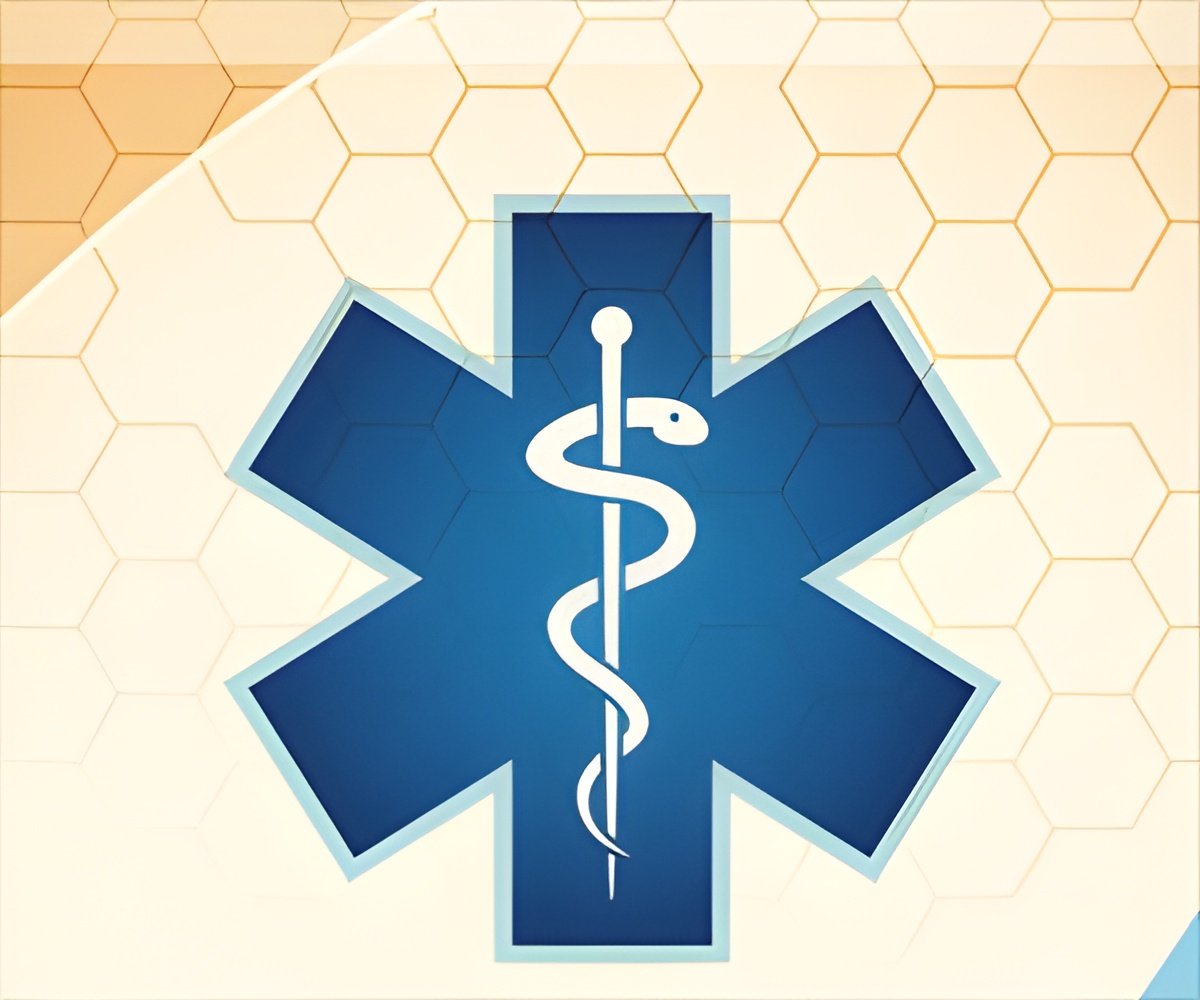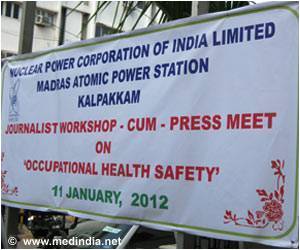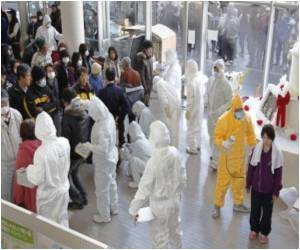Of the 3,000 personnel involved in operations in the evacuation zone around the plant, 38% have been exposed to radiation levels of 1 millisievert or more.

‘In March 2011 a tsunami triggered by a massive earthquake breached the barriers of the Fukushima Daiichi nuclear power facility in Japan causing the worst commercial nuclear disaster in history. Of the 3,000 personnel involved in operations within the 20-km evacuation zone around the stricken plant, 38% were found to have been exposed to radiation levels of 1 million Sievert or more.’





The government said, "Radiation levels dropped on March 18, 2011, to around 0.1 millisievert, but had spiked on the 15th of the month following a hydrogen explosion at the plant's third reactor building. For civilians involved in such rescue operations, an exposure level of 1 millisievert has been permitted as the limit."Source-IANS













